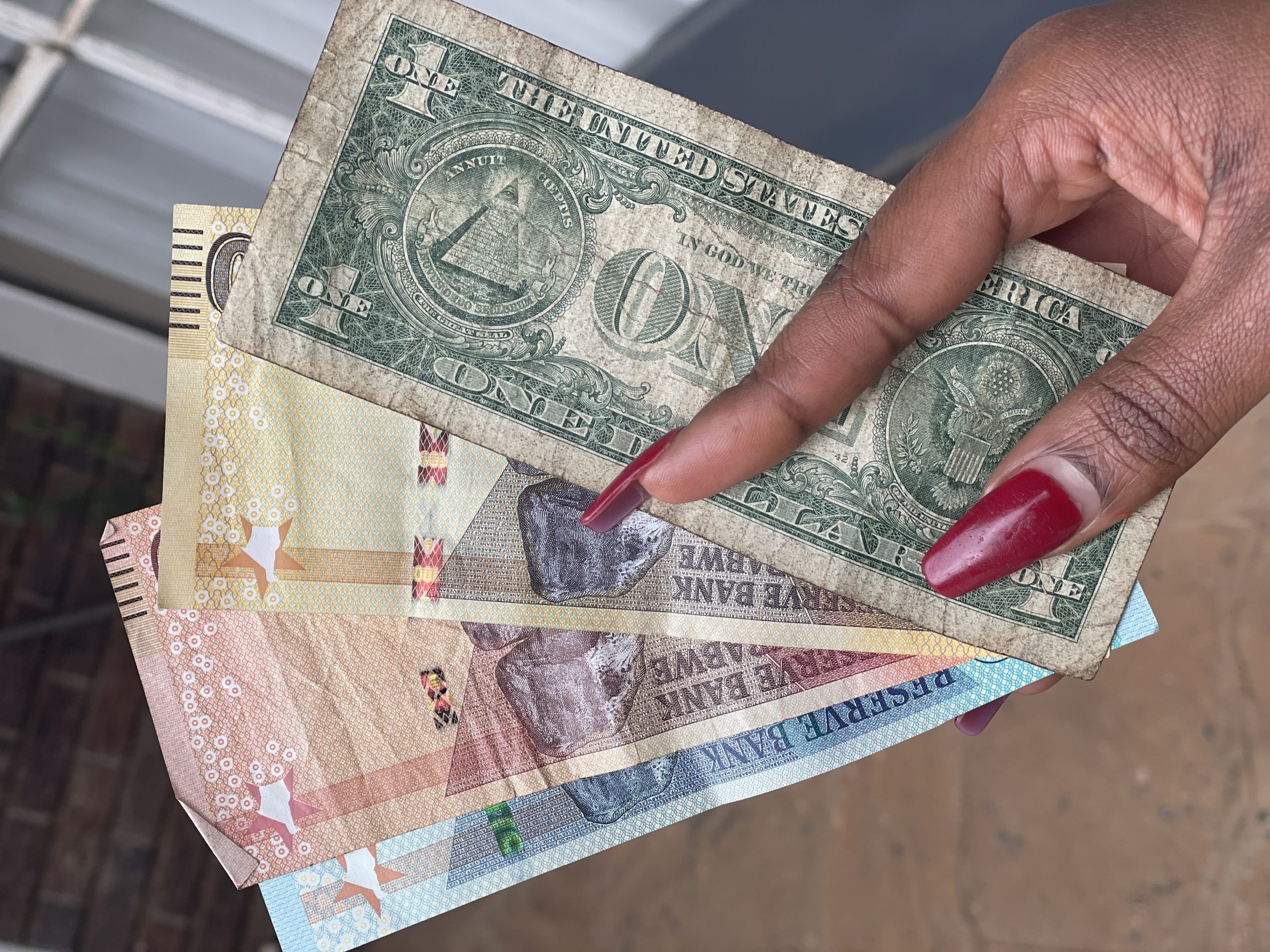By ETimes
Zimbabwe’s broad money supply has grown from just under $2,3 trillion as of December 2022 to more than $3,2 trillion as of March 2023 according to the Reserve Bank of Zimbabwe (RBZ).
This represents growth of 39 percent over a period of 3 months. Despite the growth in money supply, annual inflation fell from 105,5 percent in December 2022 to 87,6 percent in March 2023.
“Broad money stock (measured as M3) stood at $3 195.33 billion as at March 2023, compared to $2 338.27 billion in December 2022,” the RBZ said.
According to the central bank, this largely reflected quarterly expansion of 31,23 percent and 40,79 percent in the local currency and foreign currency (FCA) components of the deposits, respectively.
The increase in foreign currency deposits largely reflected movements of the exchange rate, which depreciated from $684.33 per US dollar in December 2022 to $929.86 per US dollar in March 2023.
Foreign currency deposits accounted for 58,49 percent of broad money while local currency deposits accounted for 41,30 percent of broad money and currency in circulation accounted for the balance of 0,21 percent.
Economist Tinevimbo Shava believes the increase in money supply was also as a result of poor government policies, particularly the export funds surrender portion.
“This led to the central bank plucking figures from thin air and debiting them into exporters accounts as they took the 25 percent of foreign currency they had earned. Local currency plucked from thin air found its way into the market leading to demand for USDs as the auction was slow to pay and never adequate to fill market hunger as there was no cash to sell,” Shava said.
As a result, more money was created, the market ended up with excess liquidity which was not from production or conventional monetary developments.
According to economist Prof. Tony Hawkins, when the supply of money increases, as a result of increased printing or government policies, some level of inflation will occur.
“The results from more money in circulation than the value of goods is always inflation and during that period our inflation was around 85 percent. Any adjustments to total money in circulation will change to the total good price,” he said.
Overall the effect of a monetary injection is an increase in the overall price level in an economy.
“It is not surprising that the local currency lost much against the USD if the growth of money supply came in that hot. As a result, we had a fictional rally of the local stock market as investors were scrambling to save value for their money,” Prof. Hawkins added.
“Domestic credit registered a quarter-on-quarter growth of 51,31 percent, from $1,8 trillion in December 2022 to $2,8 trillion in March 2023,” the RBZ report read.
The growth was largely driven by increases of $653,83 billion representing 36,98 percent in credit to the private sector; net claims on government, $172,20 billion representing 37,86 percent; and public non-financial enterprises, $83,81 billion representing 52,02 percent increase.
Credit to the private sector was mainly channeled towards agriculture and households, which received 24,36 percent and 21,57 percent of the total credit, respectively. The manufacturing and distribution sectors received 13.75 percent and 10.92 percent of the credit, respectively.
Economist Dr. Prosper Chitambara believes that it is largely short term credit that is readily available, which does not augur well with firms that have antiquated infrastructure and still trying to catch up with the latest technology being used globally.
“The short term credit does not allow the companies to earn a return that is necessary to recoup the cost of the investment they would have used the credit for,” Dr. Chitambara said.
“Due to lack of funding, some companies are finding themselves at virtually the same position they were before the economic decline in terms of technology uptake. They are now finding themselves having to produce using old fashioned and outdated plants, which require a total overhaul for competitive production.”
This results in higher per unit costs of production as well as failure to produce up to date products as the plants are not compatible with latest technology.
Credit to the private sector was largely utilized for recurrent expenditures, which constituted 31,55 percent; inventory build-up, 29,77 percent; and fixed capital investments, 16,73 percent – Harare


